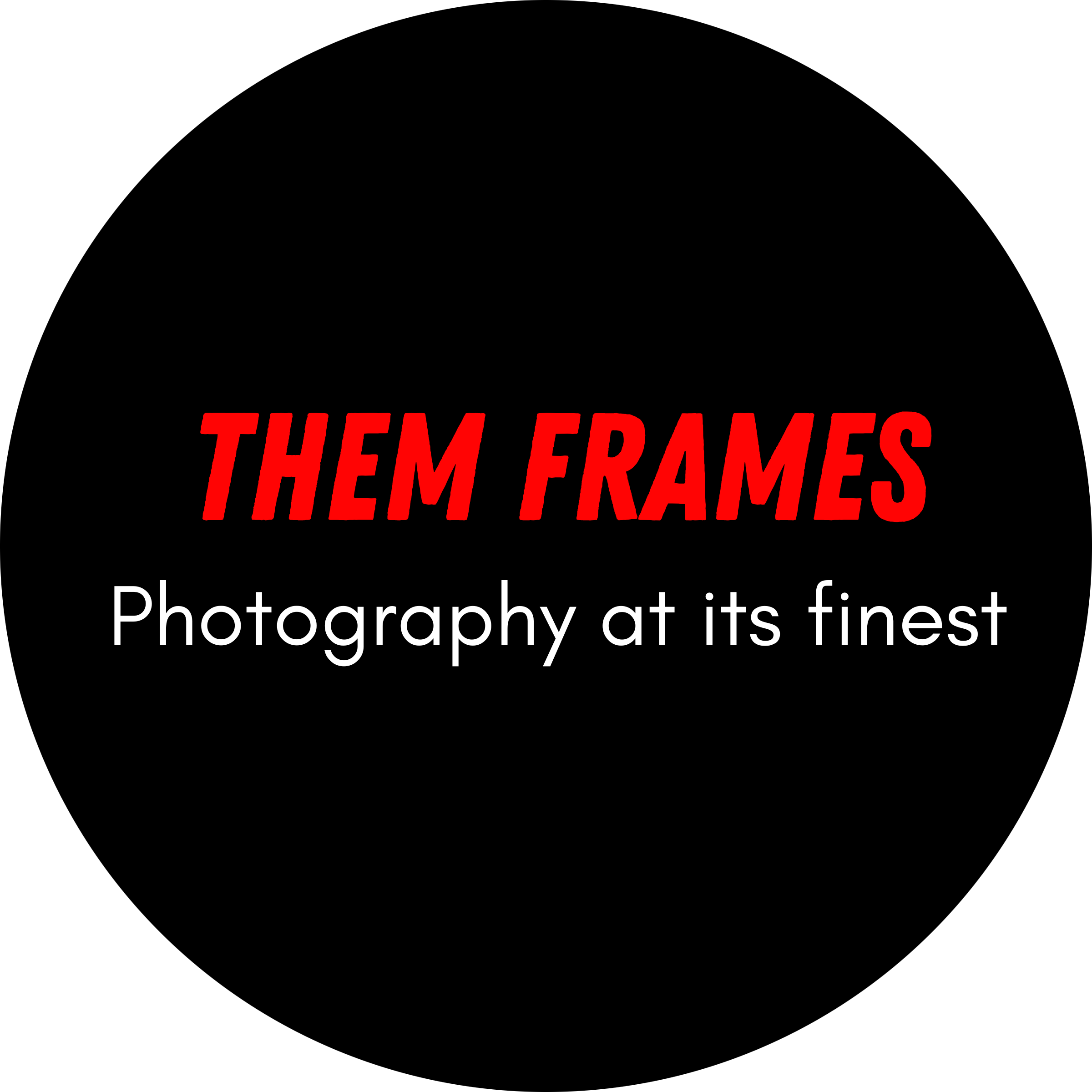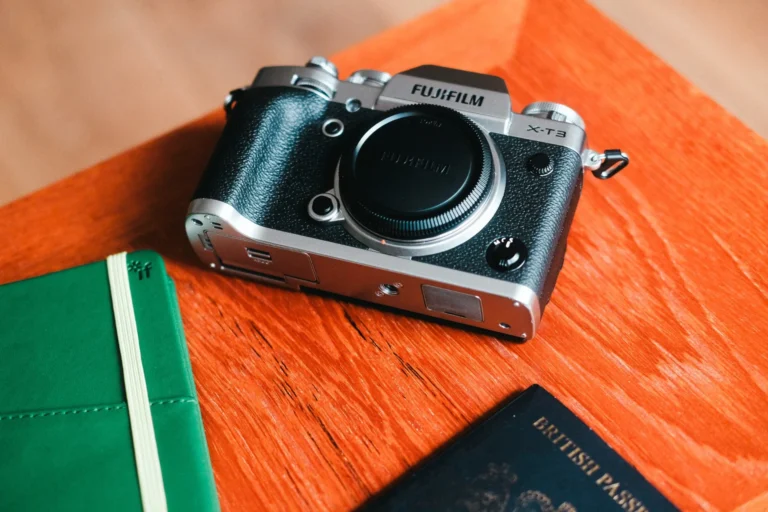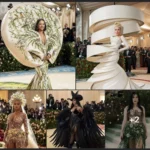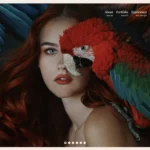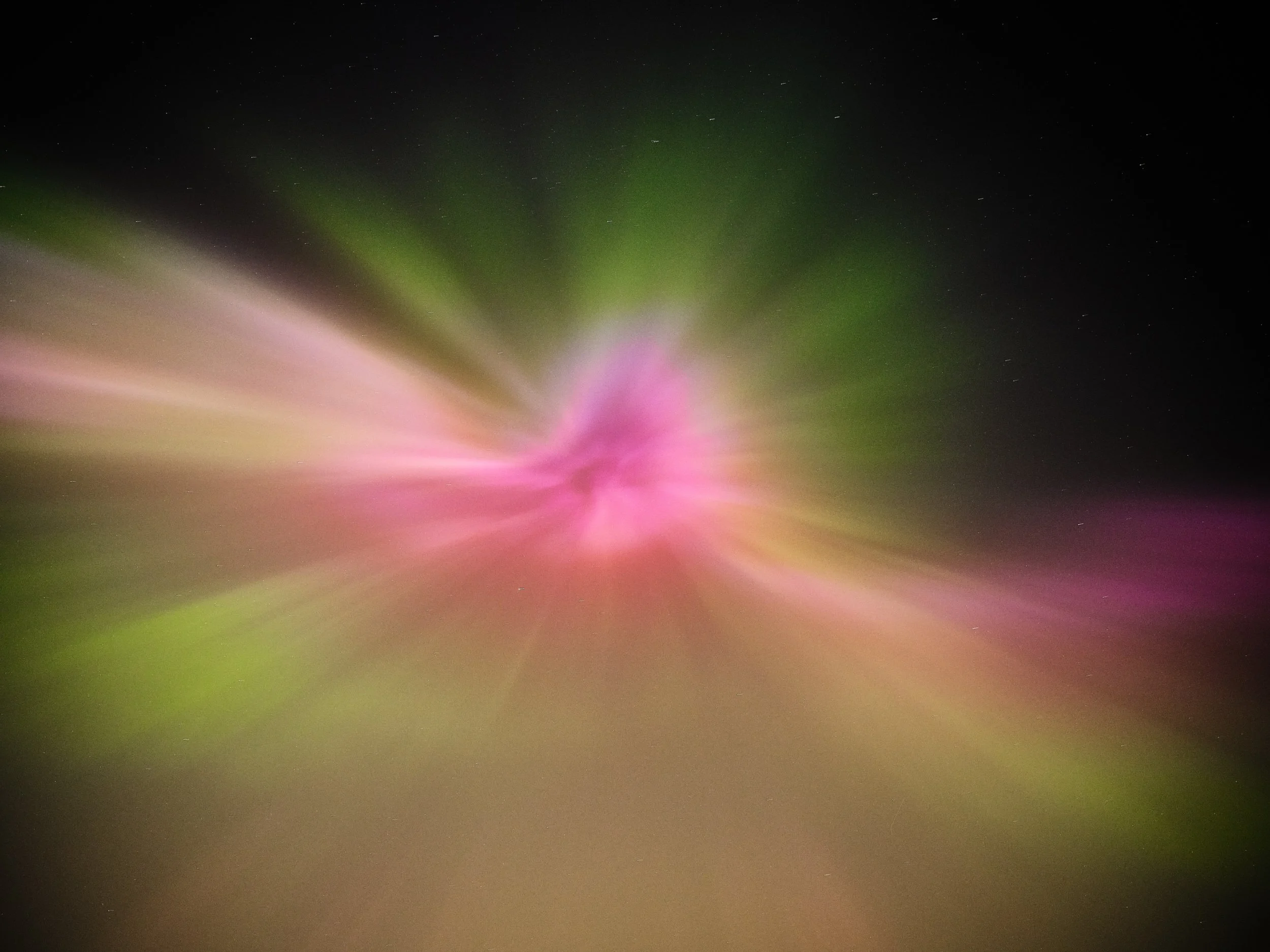
Lead photo by Jan Schoof
The light at the end of the storm has never been more fitting. This past weekend the internet was flooded with images of the Northern Lights. Due to a strong geomagnetic storm, photographs were taken from countries all around the world, including the UK, where the natural phenomenon is seldom seen. In this article, Them Frames is sharing the best Northern Lights photographs we’ve come across so far.
-
There were so many Northern Lights photographs due to a Solar storm, the largest in 20 years.
-
The Northern Lights were visible to the naked eye in the likes of the UK and even Australia, locations where they’re seldom so visible.
-
A Solar storm is a natural phenomenon which tends not to pose any threat to humans and other forms of life.
Why so many Northern Lights Photographs?
You may be curious to know why there were so many Northern Lights photographs published this weekend. It’s thanks to the largest Solar storm we have seen in over two decades.
What’s a Solar storm? It’s a natural occurrence that happens when the Sun releases large bursts of energy in the form of solar flares and coronal mass ejections. Such phenomena are not known to be dangerous to humans. Due to the rare high emissions, the Northern Lights (aka the aurora borealis) could be seen in more locations than usual.
The Best Northern Lights photographs: Dan Brown
Dan Brown is a photographer from Murphysboro, Illinois. It was the first time he had seen the Northern Lights in such glory, only seeing a very diluted version the previous year. He also made a beautiful timelapse, which shows amazing colors, plus dashes of powerful lightning bolts over the course of 16 seconds.

On making the images, he told Them Frames, “I drove a little way from my house to get to a dark sky area so I would have the best view”. He continues, “I hadn’t originally planned to use my X-T5 for a time lapse at all. But I eventually decided to set it up so I could just ignore it and stare at the sky for a while instead. The light columns and colors were pretty clearly visible with the naked eye so it was quite the spectacle!”
Connect with Dan Brown via his Instagram.
The Best Northern Lights photographs: Rob Crawshaw
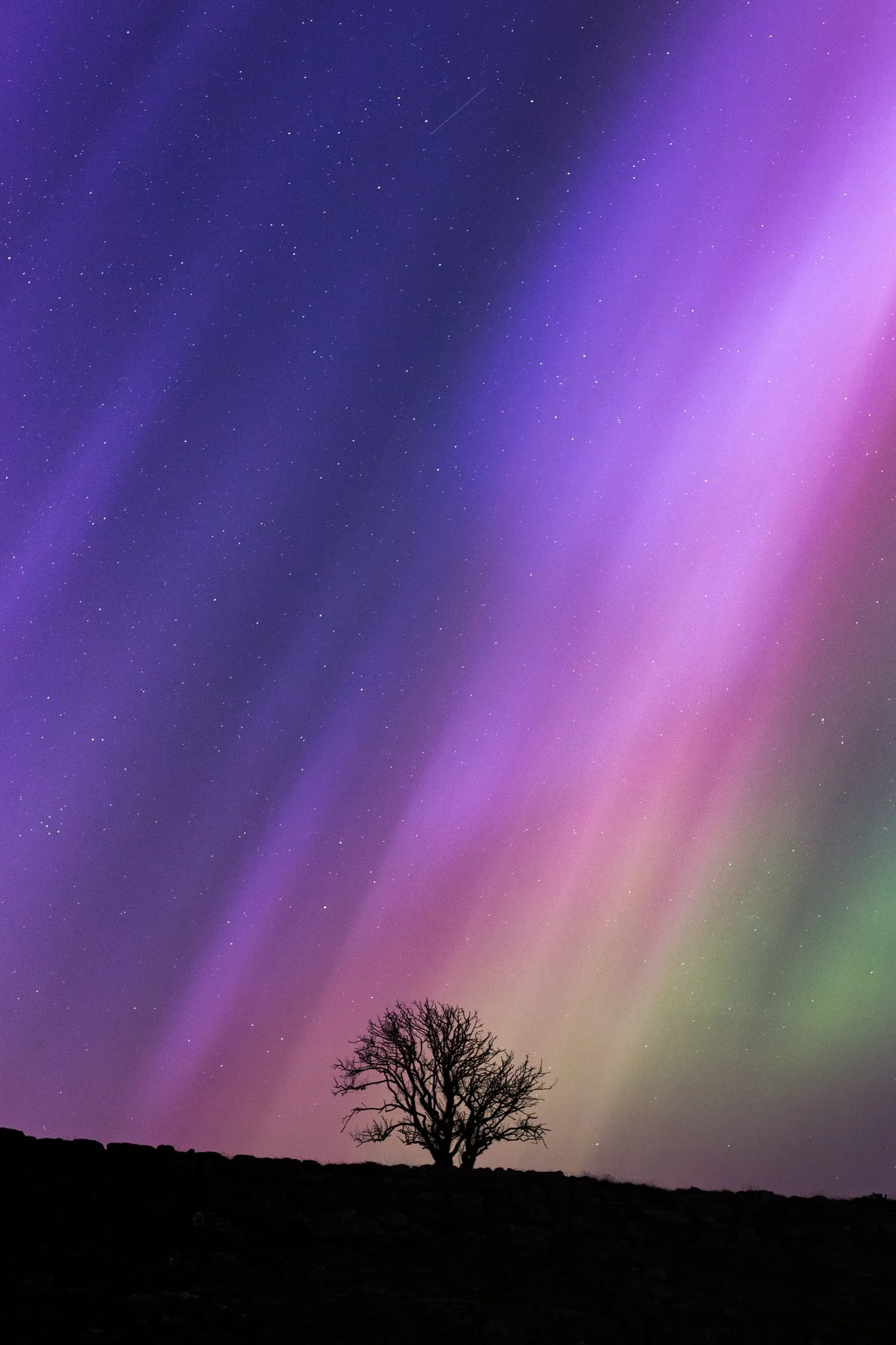
Rob Crawshaw is a very talented landscape photographer based in the North of England. Late at night, he drove to Malham, a small village part of the beautiful Yorkshire Dales. “I’ve been going to try get photos like this for 5+ years,” wrote Crawshaw in an Instagram post.
He adds, “I’ve only seen the aurora a couple of times before, neither hardly with the naked eye and neither anything close to this…quite possibly the most awe inspiring thing I’ve seen in my life”. Patience pays off in Crawshaw’s case, as his beautiful Northern Lights photographs show it was certainly worth the wait.
Connect with Rob Crawshaw via his Instagram and website.
The Best Northern Lights photographs: Jan Schoof

Jan Schoof describes himself as a passionate photographer and has excelled in a range of genres including portrait photography, fashion, wedding and, of course, images of the Northern Lights. “…it’s just so shocking that the lights would be that strong in the North West UK, never seen it like [this] in my lifetime,” Schoof wrote on Threads.
To create the shots he used the Fujifilm GFX100s with 23mm f4 lens, shooting at an f4 aperture. He shot at ISO8000 with a six-second exposure. He jokes, “[there’s] a slight star blur due to over enthusiastic Doggo on two of these photos.” Joyful dog or not, we think Schoof did a wonderful job of capturing the Aurora Borealis and his photographs are evidence of how awe-inspiring the scene must have been.
Connect with Jan Schoof via his Instagram and website.
The Best Northern Lights photographs: Shevill Mathers

This incredible photograph was taken by Shevill Mathers in Tasmania, Australia. According to ABC, the land down under has not seen the lights so visibly since 2003. “…this [was a] spectacular display outside our front door in Cambridge, Tasmania,” wrote Mathers in a Facebook post.
To create his shots, he used the Nikon ZF full-frame camera. Interestingly he opted to use the Nikkor 16mm f/2.8 manual lens to make his shots, plus a 10.5mm f2.8 fisheye. He ran a four-second exposure, while shooting at IS02000.
Connect with Shevill Mathers via his Facebook.
The Best Northern Lights photographs: Seymoure Carnage
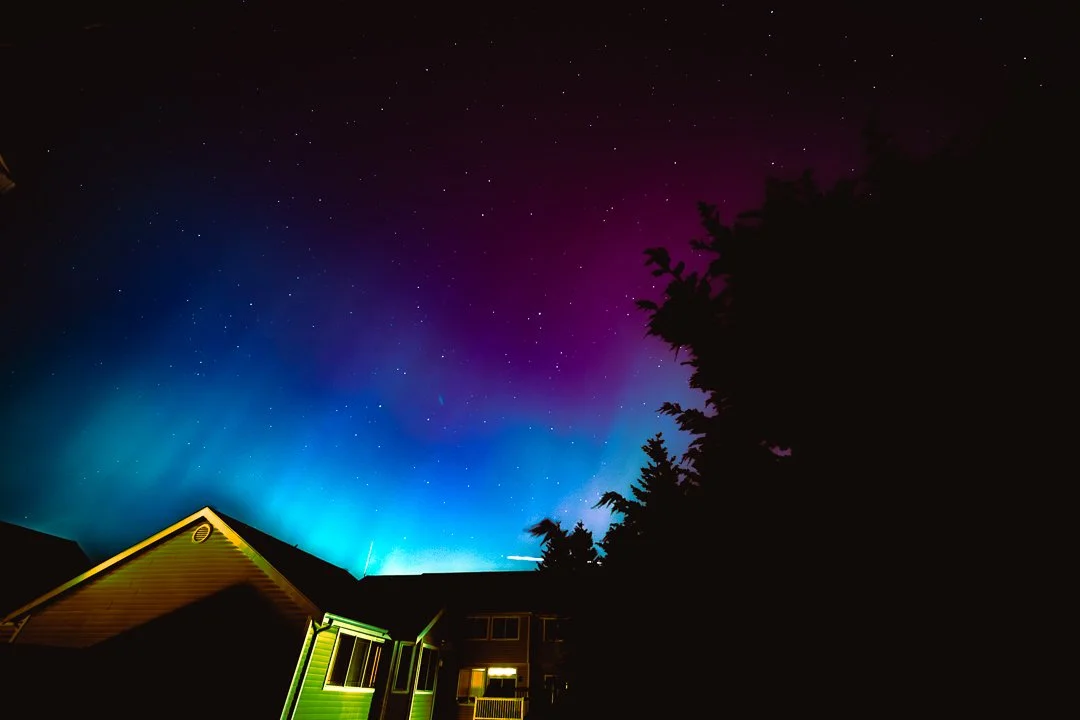
Ryan (who goes by the alias Seymoure Carnage) is based in Seattle, Washington. He’s best known for his music and event photography, but it was his images of the Aurora Borealis that took center stage this weekend.
Some superb composition is on show, especially where the spectacular blue lights glow up above the local neighborhood. To create his shots, Carnage used a Fujifilm X-T30, paired with both a AstrHori 14mm f4.5 and Laowa 9mm f2. He shot at ISO640-1000, using a six to 20 second exposure.
Connect with Seymoure Carnage via his Instagram and website.
Share yours!
So there you have it, some of the best Aurora Borealis (aka the Northern Lights) photographs. But, we are greedy here at Them Frames and always want to consume more! Drop a link in the comments to your best images and we will be sure to check them out.
By the way, if you’re eager to see more of our “best-of” articles, we recommend checking out our selection of the best photography podcasts and the best photography magazines.
Did you enjoy this selection of images? Let us know in the comments. Thanks for reading.
FAQs
What causes the Northern Lights
The Northern Lights occur due to coronal mass ejections from the sun. They then connect with Earth’s magnetic field causing the natural phenomenon that are the Northern Lights aka aurora borealis.
What is the best setting for photographing the northern lights?
First, it’s a good idea to grab a tripod, this allows you to shoot at slower shutter speeds. A ultra wide angle lens with a large aperture is best for Northern Lights photographs. In camera, use a minimum ISO OF 1600, shoot as wide open as possible (f2.8 or wider) and have a shutter speed of around 15 seconds. Tweak settings to suit the available light in your location.
Is there any danger of a solar storm?
Solar storms tend not to be dangerous. They can impact places such as power grids and disrupt satellites, but overall they tend not to harm humans and other forms of life.
Want your work featured on Them Frames? Pitch us.
